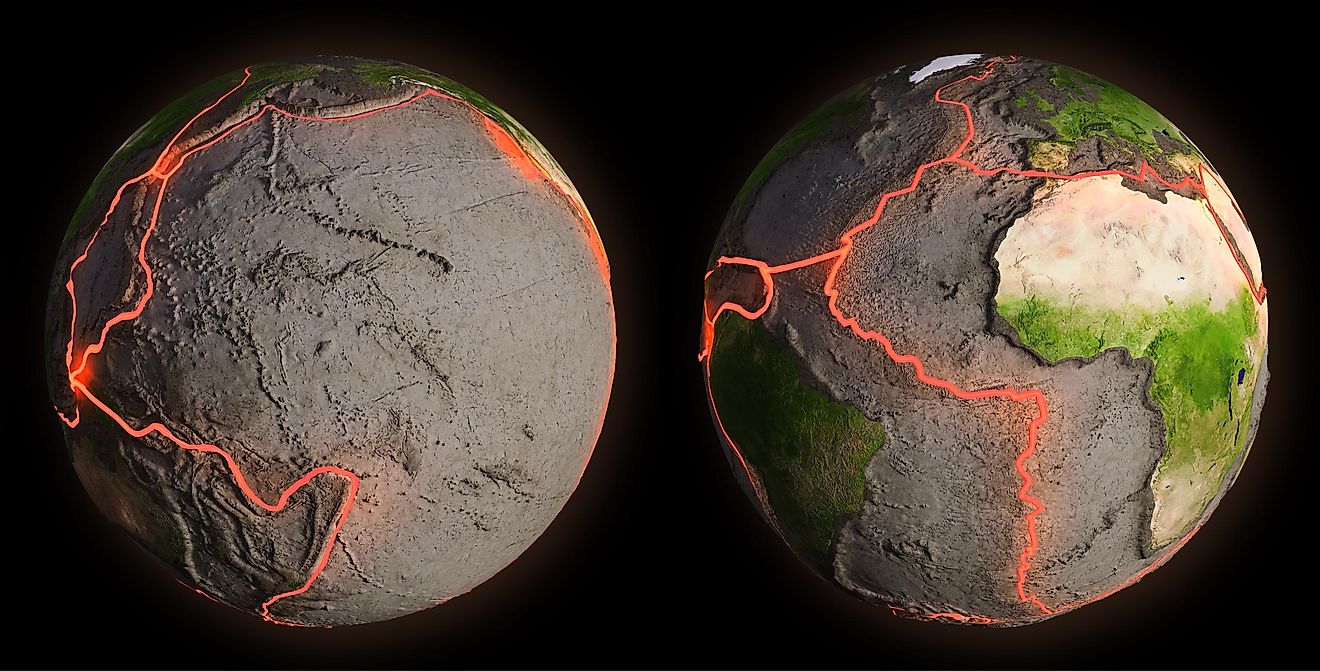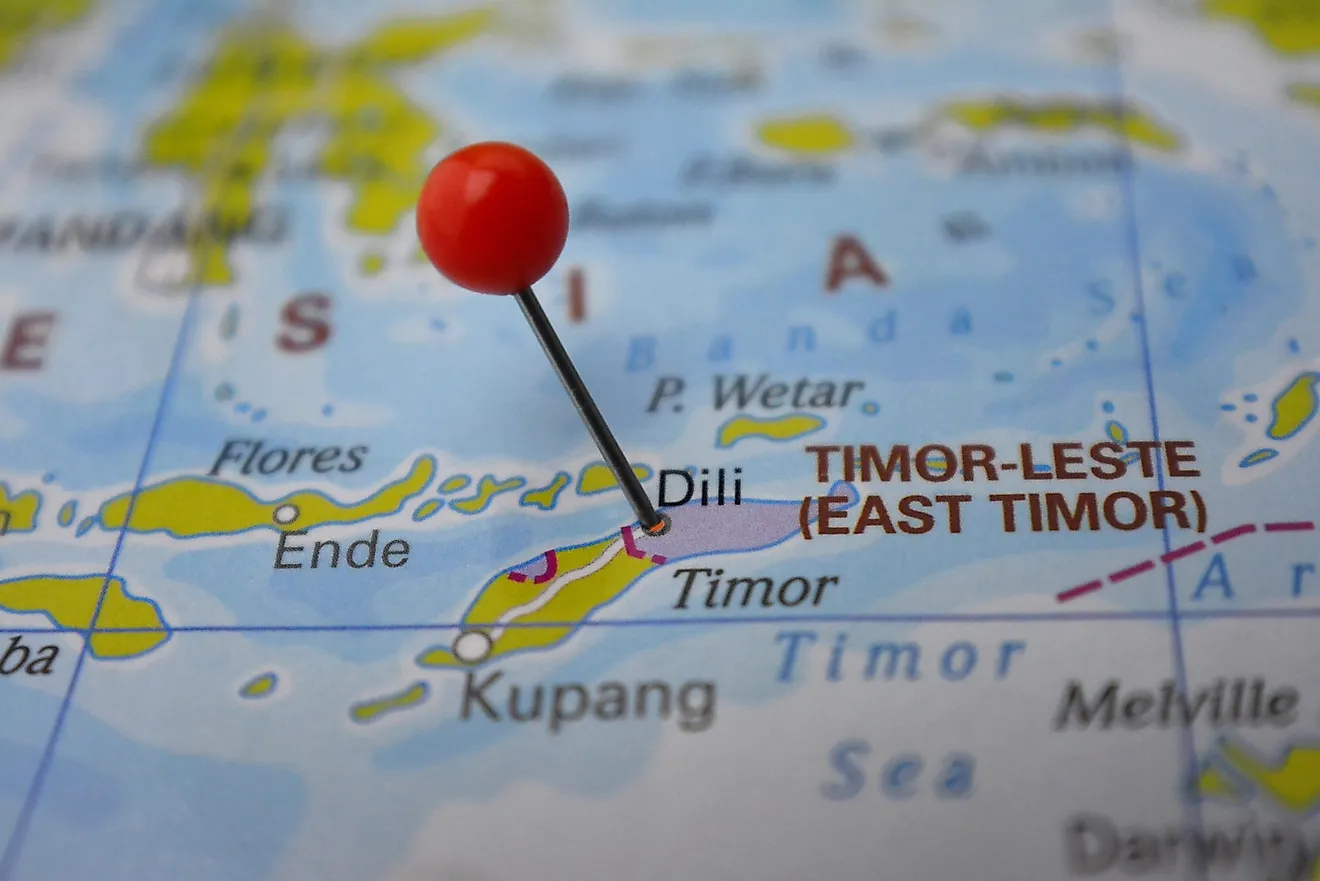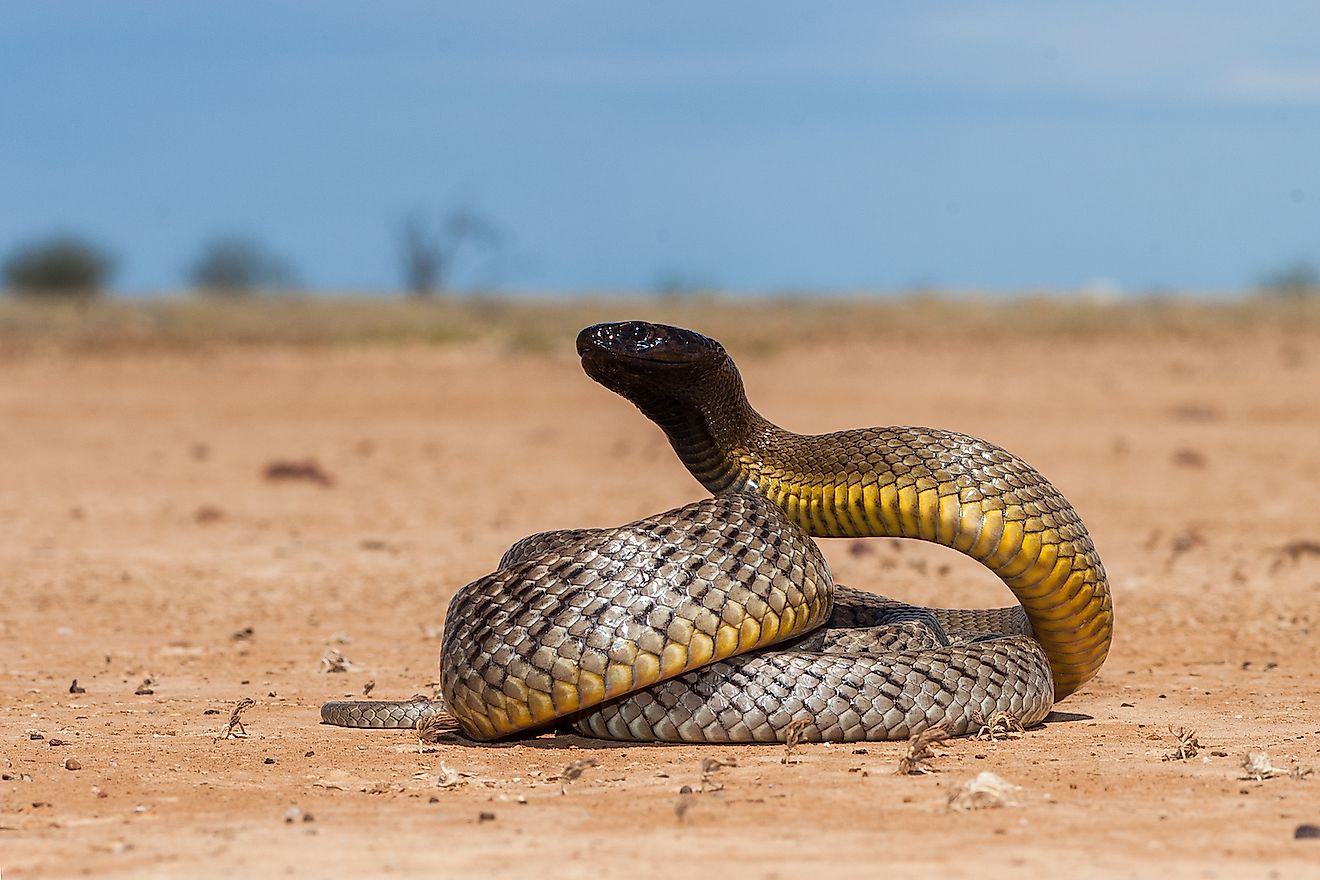What If There Were No Plate Tectonics On Earth?

- Plate tectonics refers to the scientific theory that describes the motions of Earths plates.
- Scientists expect that the Earth's plates will stop moving in about 1.45 billion years.
- When the plates finally stop moving, no new mountains will be created, and the mountains that exist now might disappear completely.
Plate tectonics refers to the scientific theory that describes the motions of seven large plates, as well as the movements of countless smaller plates that make up the Earth’s lithosphere. Many consider the plate tectonics to be geological artists because they formed much of what we love about our planet.
Plate tectonics formed mountains and oceans; caused earthquakes and volcanic eruptions; and continue to create new land. However, can these processes last forever? What would happen if there were no plate tectonics on our planet? We will try to explore that possibility in this article.
The Cooling Of The Earth’s Mantle
It is expected that the Earth’s mantle will cool down eventually, which will stop the plate tectonics. Their grind will be brought to an end by the lowering of temperatures. Once this happens, the carbon cycle will cease to exist, and the changes that keep happening on our planet’s crust will come to a halt. All of the reshapings of the enormous landmasses that make up our planet will stop. These changes have been happening throughout countless eons, so that change would be extremely impactful.
Scientists are actually expecting this to happen, but you do not need to worry, it will not happen fast. They expect the plate tectonics to stop in about 1.45 billion years from now. Yeah, we will not live to see that happen. Who knows where humanity will be by that time, or if we will even exist. Still, this is a good subject to research, because it allows for a better understanding of our planet and the forces that make it function. It may help us prepare for other big things involving our planet that may occur in the near future.
A Look Far Into The Future
Another thing that we expect to see in the far future is the swelling of the sun, which will turn it into a red giant. However, the plate tectonics are expected to stop before that. It is an interesting subject and one that continues to fascinate us all.
Will we, as humanity, manage to survive all of the catastrophes that await us in the future? Is our survival instinct strong enough? These studies often cause controversy because people do not want to know about the bad things that are coming in the distant future, and many argue that it is hard to precisely predict something that is so far away.
However, most scientists agree that our planet will be put to a geologic standstill eventually. Once the plate tectonics disappear, it will change the world we know tremendously. The Earth will enter a state of a single lid regime. The jigsaw that is made up of various tectonic plates will not move anymore. No mountains will emerge, and the mountains that are on our planet now might disappear completely.
This will happen due to erosion by winds and waves since the planet will continue to have an atmosphere. In the end, our continents will be completely flattened and might end up underwater. Earthquakes will no longer happen, and the Earth’s volcanism will also disappear. Although some of these events might not seem bad, plate tectonics is actually necessary for life on Earth, so we need to find a way to stop this from happening.











